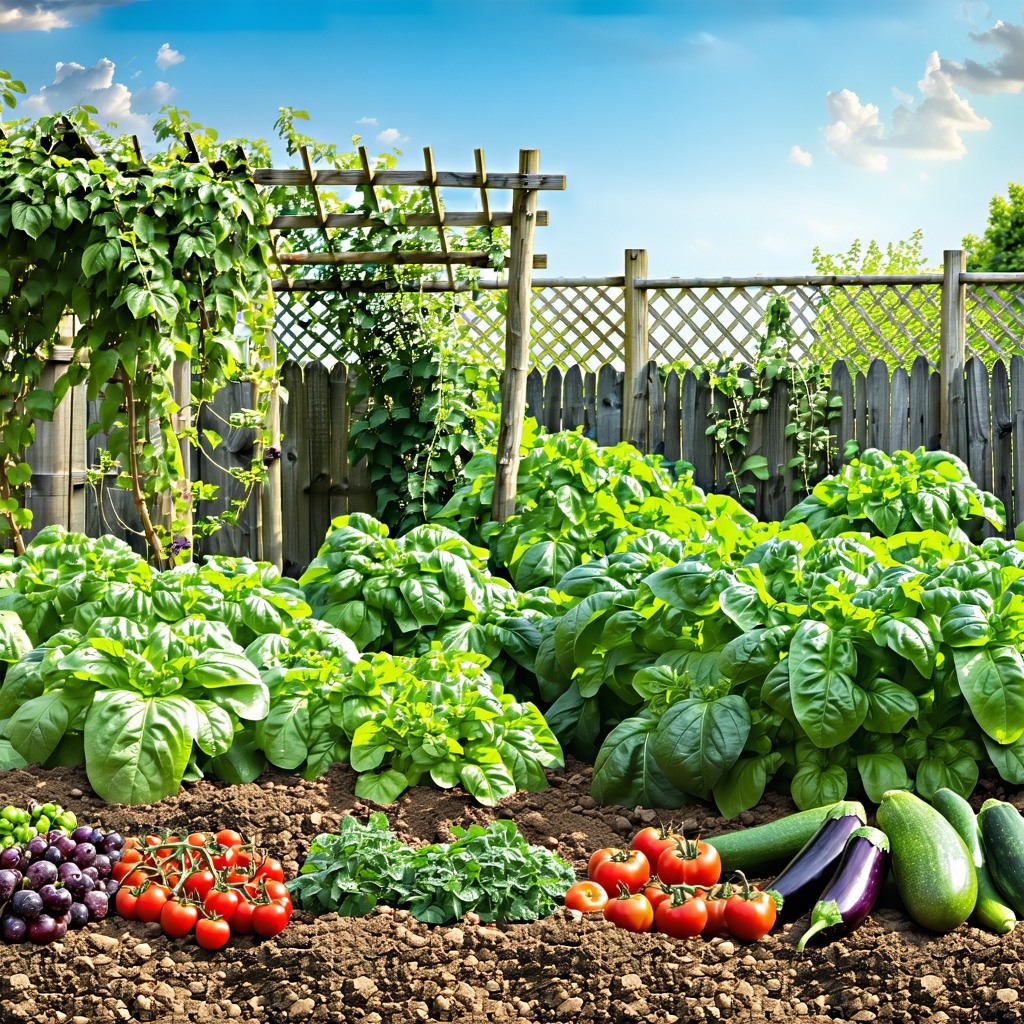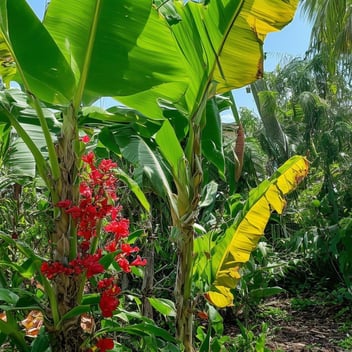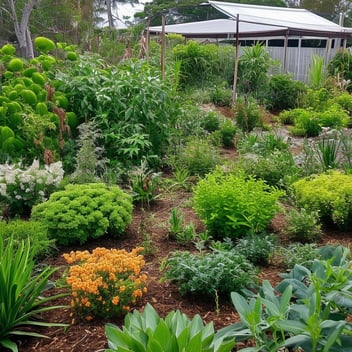How to Manage Bacterial Wilt in Vegetable Gardens
Introduction
Vegetable gardening is a cherished endeavor, providing both nourishment and a connection to the earth. However, this rewarding pursuit can be marred by the onset of plant maladies, with bacterial wilt standing as a particularly pernicious adversary. Understanding and managing this disease is crucial for gardeners aiming to maintain verdant and productive plots.
Understanding Bacterial Wilt
Bacterial wilt is primarily incited by the soil-borne bacterium Ralstonia solanacearum, notorious for its extensive host range encompassing solanaceous crops such as tomatoes, potatoes, eggplants, and peppers. The pathogen infiltrates the plant's vascular system, leading to impeded water transport and subsequent wilting. Initial manifestations include the flaccidity of younger foliage, progressing to an abrupt and comprehensive plant wilt. A diagnostic hallmark is the exudation of a milky bacterial ooze from cut stems, observable when suspended in water.
Disease Cycle and Transmission
Ralstonia solanacearum persists in the soil for extended durations, even in the absence of susceptible hosts. The bacterium gains entry through root injuries caused by cultivation practices or soil-dwelling pests. Once inside, it proliferates within the xylem, obstructing water movement and inducing wilting. The pathogen disseminates via contaminated soil, water, infected plant material, and implements, necessitating meticulous sanitation to forestall its spread.
Cultural Control Practices
Implementing cultural controls is foundational in managing bacterial wilt. Engaging in crop rotation by alternating susceptible crops with non-host species disrupts the pathogen's life cycle, diminishing soil inoculum levels. Planting resistant cultivars offers a viable defense; for instance, certain tomato varieties exhibit moderate resistance to bacterial wilt. Enhancing soil health through the incorporation of organic matter and maintaining optimal soil pH can suppress disease incidence. Diligent removal and destruction of infected plants curtail the reservoir of the pathogen, preventing further contagion.
Biological Control Strategies
Leveraging beneficial microorganisms presents an eco-friendly approach to disease management. Specific strains of plant growth-promoting rhizobacteria (PGPR) have demonstrated efficacy in mitigating bacterial wilt by outcompeting the pathogen or inducing systemic resistance in plants. Amending soil with organic materials, such as compost, augments microbial diversity, fostering an environment antagonistic to R. solanacearum.
Chemical Control Measures
The utility of chemical interventions against bacterial wilt is limited, as the pathogen resides within the plant's vascular tissues, rendering external applications ineffective. Consequently, reliance on chemical treatments is discouraged. Emphasis should instead be placed on preventive and integrative strategies that promote plant resilience and ecological balance.
Integrated Pest Management (IPM) Approach
Adopting an IPM framework entails the synthesis of multiple tactics to achieve sustainable disease suppression. Regular monitoring facilitates early detection, enabling prompt removal of affected plants. Combining cultural, biological, and mechanical controls enhances overall efficacy, reducing dependence on chemical solutions. This holistic methodology not only addresses bacterial wilt but also fortifies the garden ecosystem against a spectrum of potential threats.
Conclusion
Effectively managing bacterial wilt necessitates a commitment to informed and sustainable horticultural practices. By understanding the pathogen's biology and implementing a diverse array of control measures, gardeners can mitigate the impact of this disease. Such diligence ensures the continued vitality and productivity of vegetable gardens, safeguarding the fruits of labor for seasons to come.




